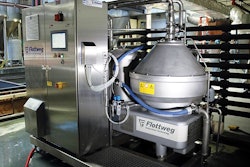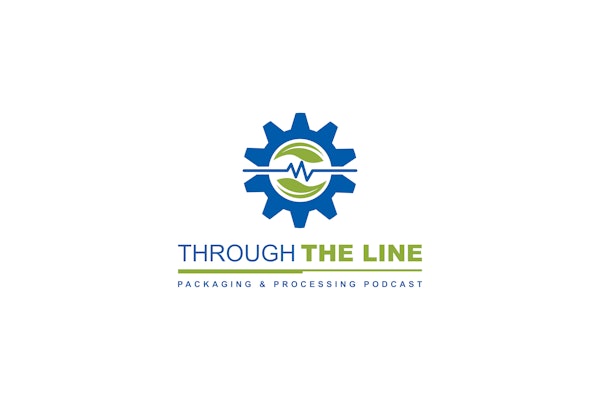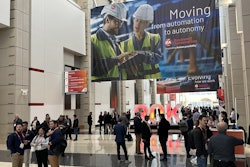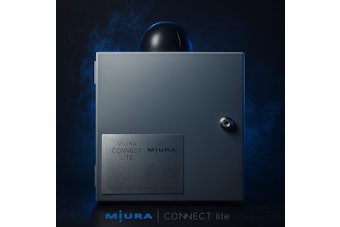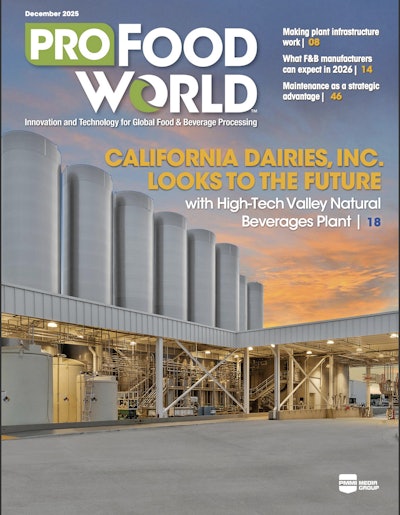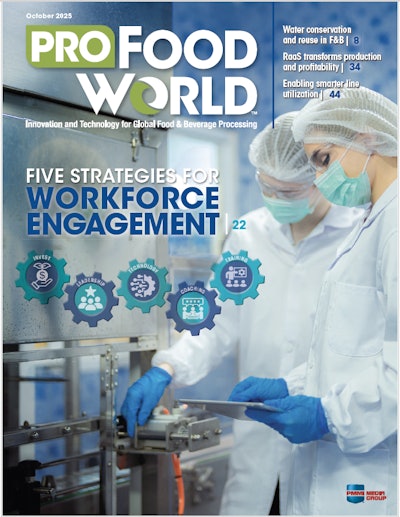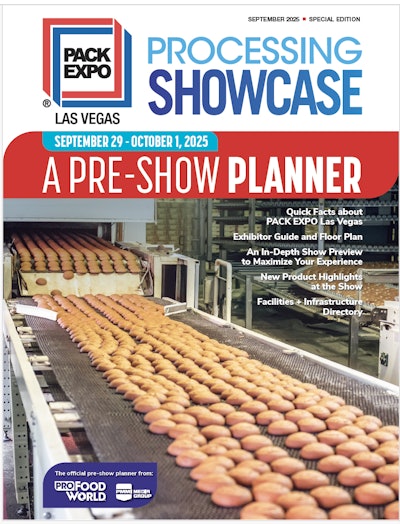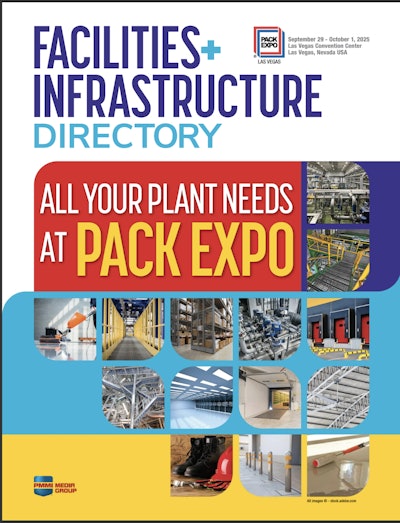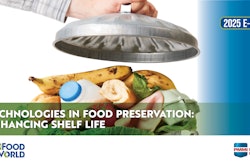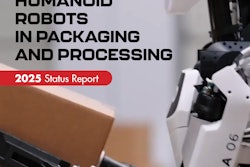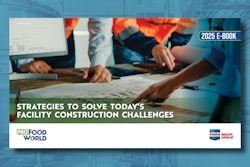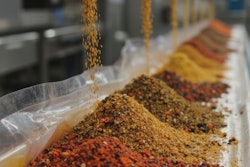There are a variety of operational improvement challenges faced by food manufacturing companies today, and we asked Jim Prunesti, Vice President of Engineering at Conagra Brands, which issues he sees as being front and center. Prunesti will be the Keynote speaker at ProFood Live on June 10 in Chicago, and will present “Manufacturing Excellence in an Era of Diverse Change.”
The first challenge Prunesti discussed is addressing an aging asset base. According to publicly available information, food manufacturing equipment in use today currently maintains an average of about 56% of its original value. And these aging assets, said Prunesti, are in conflict with current manufacturing trends.
Companies must adapt to the changing consumer needs, profiles and product attributes that a wide generational span requires. These consumer needs across the generations often results in SKU proliferation and products offering a wider variety of flavors, different textures, and different experiences.
Another factor changing manufacturing trends today is the retail outlet landscape. With box stores, C-Stores, e-commerce and curbside pickup driving the need for different package formats and packaged counts, flexible assets that can handle quick changeovers for the different drivers are needed.
Prunesti asks, “How do you cost effectively adopt an old asset base to be able to support the needs of both the manufacturer, the retailers and the consumer? How far do you drive automation? Is it fixed automation or flexible automation? And how do you balance that with speed?”
Factoring into this question, says Prunesti, is the cost structure of products in the industry – which is often based on producing mass product at high speeds. If late stage differentiation for different package needs causes the manufacturer to compromise speed, then there could be a resulting product cost issue that can't necessarily be passed through to the consumer. This creates a conflict wherein an investment in upgraded assets must be made in order to stay competitive in the marketplace. However, “there are factors that are helping to provide economic justification return,” Prunesti said.
One is wage rate inflation, which occurs from base pay, benefits, low unemployment and the demand for qualified labor. Said Prunesti, “I think between wage inflation, labor shortages and the lowering costs of technology, there are new opportunities that are becoming available for how to implement automation across the existing asset platform or upgrading the existing asset platform to provide that automation and flexibility.”
When asked how to know where to start with upgrading assets, Prunesti said, “What drives where you start is the marketplace need and understanding where the bottlenecks in your line meet that marketplace need. If it's unique flavors and textures and ingredients, then you have to start on the front end of the process. A lot of the original food plants were built for long runs and larger batch sizes, but as additional SKUs are added you have to get to smaller batch sizes and faster changeovers.” And, he added, faster changeovers bring their own set of challenges with CIP systems or cleaning systems and allergens adding complexity.
A key factor to asset upgrades is working closely with OEMs, and Prunesti said “it’s a factor we have to work on relentlessly and constantly with our OEMs. And it's a balance because you can buy equipment that has full flexibility trying to anticipate what you might need in the future, which has its risks associated along with its costs. Or can you buy equipment that has the capability of being retrofitted in the future with change parts or other features that you can added, which may reduce the costs and complexity. We've looked at it both ways and we make different choices based on the application.”
Data collection is another topic Prunesti will address at ProFood Live. “How do you get to a paperless plant floor where the operator experience is such that all the information they need to run the line for the best day performance?” he said. “What were the centerlines used the last time that delivered the best performance” What are all the quality checks and performance checks that need to be done to make sure the line's working at its optimal? And how do you then measure and gauge your performance?”
Prunesti likens data collection to an analogy of a car and said, “A lot of data such as OEE is looking in the rear-view mirror, which is important, but I want to look out the windshield of the car and see where I'm heading versus where I have been. And the question is, how do we look at automation platforms that can give us that forward-looking view of line performance versus the rear-view mirror view?”
Prunesti said he sees a “refocus” going on in the marketplace of “how to do more targeted work and look at what is critical data and collect the right amount of data versus collecting all the data.”
“And there's also challenges with where you store it,” he said. Storing it in the cloud comes at a cost and knowing how much to collect and how many data points is critical. “How do you collect it so you can use tools that will help you identify future opportunity areas?”
Said Prunesti, “It's more about how to have it in a timely way to the operators so they can make on-time decisions that affect the current operations versus collecting data that measures how you did the last one or eight hours. Because that's rear-view mirror versus looking through the windshield.”





